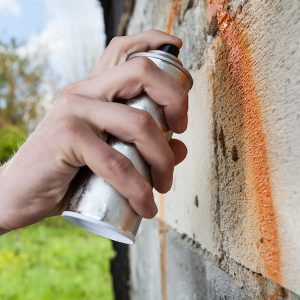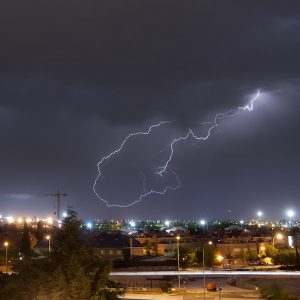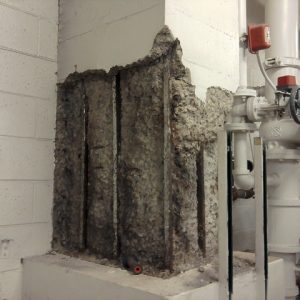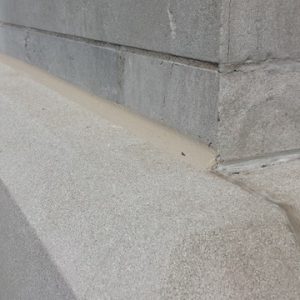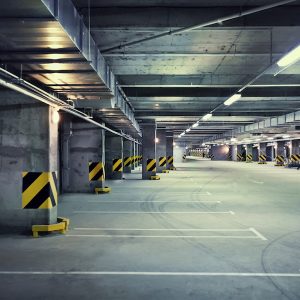Uncategorized
The best time for tuckpointing
Weather in the central plains is harsh. Over time, fluctuating between extremely hot and extremely cold temperatures can create wear on your building’s masonry. While brick and stone can last 100 years or more depending on exterior conditions, the mortar of your commercial building starts deteriorating at 20 to 30 years. It is essential that…
Read MoreRestoring the past: Maintaining historic brick buildings
Historic brick buildings are an iconic symbol of our enduring past. From east coast to west, owners of these buildings work diligently to maintain them. But how do you know if your historic brick building needs restoration to maintain its beauty and functionality? Look for these three signs. Spalling Spalling is deterioration of the brick…
Read MoreProtect your building from graffiti
Nobody likes having their property defaced. Graffiti is unattractive, and leaving it on your walls may make your customers feel like you don’t care about the impression your company is making. Billions of dollars are spent every year to remove graffiti from buildings. Many building owners have turned to anti-graffiti coatings to prevent graffiti from…
Read MoreHail damage: It’s not just a cosmetic issue
With the stormy months rolling in, people will start worrying about hail damage once more. It wrecks car windows and roofs. But for commercial buildings, hail can cause a significant amount of damage that you may not see until it’s too late. In this post, we’ll talk about how hail damage can result in even…
Read MoreFour signs of water damage in your commercial building
Our work restoring buildings means that we see a lot of the effects of water damage—sometimes well after the water damage has already occurred. When water infiltrates your masonry, time is of the essence. The longer a leak lasts, the more damage it does. If you see any of these signs of a leak, you…
Read MoreTuckpointing FAQs
No masonry structure can last forever without regular maintenance. Tuckpointing commercial buildings is one of the projects we do most frequently. We get a lot of questions about this job, so we wrote this post to give you the answers to some of the most common ones. Why is tuckpointing important? While the masonry of…
Read MoreGetting rid of unsightly efflorescence
Have you ever noticed a chalky white powder on the walls of your building? No, it’s nothing nefarious. You’re seeing efflorescence, an issue that is common with any type of masonry. This substance is the result of moisture reacting with minerals in the masonry. Moisture moves through the porous masonry and leaves deposits on the…
Read MoreThe dangers of rust jacking
When we talk about the damage that water can do to your building, rust jacking is the most severe outcome in regard to steel reinforced structures. Rust jacking is what happens when a little water problem becomes an urgent structural problem that you cannot ignore. In this post, we’re going to talk about what rust…
Read MoreCauses and solutions for receding mortar
Worn or damaged joints are a problem for any masonry structure, from the modern EIFS façade to the brick walls of a historic townhouse. If left unrepaired, cracked mortar will lead to more severe damage that ends up costing more to repair down the line. The mechanics of mortar deterioration During spring, the walls of…
Read MoreThree red flags for concrete parking structures
Every day, millions of Americans walk to their cars past signs of decaying concrete in the parking structures that they use. For building owners, these wounds are a sign that it may be time to make repairs. Parking garages are subject to a variety of stresses that wear on concrete over time. Along with seismic…
Read More


